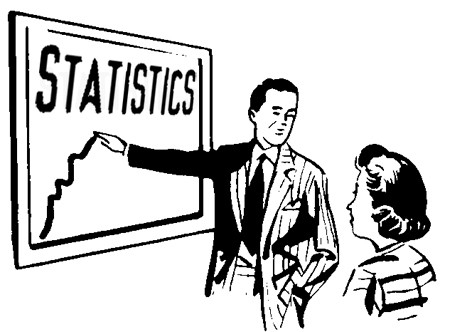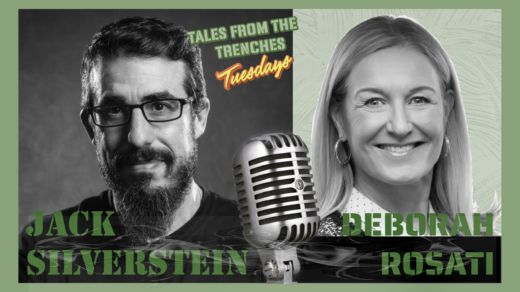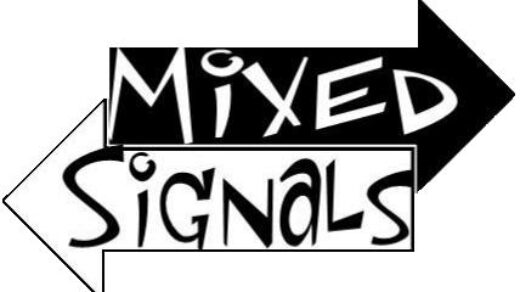
Every now and then I have to think that my Stats degree was useful for something. Below is a list of some interesting fundraising statistics (some are anecdotal and others are data-driven):
- The size of the donation is inversely proportional to the amount of work needed to keep that donation. How many of us have had to jump through umpteen (yes, that’s a number) hoops to satisfy a $100 donation? Don’t get me wrong, all donations are appreciated, but it seems that the $100 donor wants to split their donation into four different designations while the $100,000 donor feel very comfortable donating to the ’cause’.
- Ninety-five percent of the money comes from five percent of the people. This is an extrapolation of the Pareto principle (roughly 80% of the effects come from 20% of the causes). As a matter of fact, when I examined our fundraising efforts as of late, 74% of the revenue came from just 54 donors. Aren’t stats great!
- A capital campaign should see a pledge redemption of at least ninety-five percent. It has been my experience that donors truly wish to honor their pledges and if they know that they can comfortably pledge $10,000 but $15,000 makes them a bit uncomfortable due to uncertainty, they would rather pledge the $10,000 and increase it later rather than pledge the $15,000 and not fully honor it. I have also found that sometimes donors will take a bit longer to fulfill their pledge rather than having it written off. This is a good thing! Don’t give up!
- The average bequest for a Canadian charity is approximately $40,000. I have seen way too many charities budget for that amount. Please don’t do it! This is simply a number that one can use to determine the approximate magnitude of your deferred giving program.
- According to Stats Canada (for 2010), the average donation (annual, based on tax returns) is $446, while the median is $123. (The median means that half of the people gave more than $123 and half of the people gave less than $123. It accounts for outliers, like a $1,000,000 gift that would skew the results.) Your charity’s median gift is a number that you should be tracking and noting if it is moving up or down. I would surmise (based on #2 above), that the average (and median) gift is moving higher for your organization.
These are some interesting statistics and ones that may just have you looking at your ‘shop’ in a new light.
See you next week
L’chaim
jack




